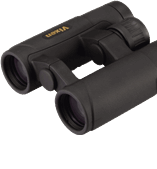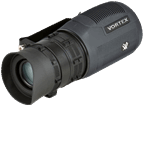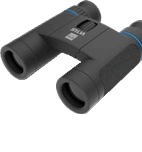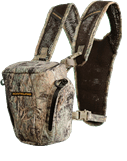Binoculars are telescopes that we look into with both eyes. As a result, we don't lose spatial perception as with monoculars. But that's not all we need to know.
As we well know, telescopes can be divided into two basic designs – monocular and binocular. The fundamental differences between these designs are clear - monoculars have only one lens and optical prism array, while binoculars have two. They also differ in price and observational characteristics. However, binoculars provide a better viewing experience than monoculars, which is not without certain assumptions.
Constructions of binoculars
There are several designs of binocular telescopes. The basic groups are the so-called triedrs (binoculars) and spotting scopes. Triedr is a smaller but heavier telescope. Its higher weight is due to the prismatic optical prisms that are hidden inside the body of the telescope. These prisms are very heavy and unfortunately up to 1/3 of the light received by the lens disappears in them. Spotting scopes are much larger than binoculars. They have lenses lined up nicely behind each other, which allows maximum penetration of received light. The choice between these two types of telescopes revolves around their application in practice. For some activities we choose shorter and heavier ones with poorer brightness, for others much larger ones with better brightness. What they offer similar is magnification. Thanks to zooming in, we can better observe what is happening in the distance.
Too close, too far
Choosing the right zoom is very simple. In general, binoculars with a magnification of up to 10 are suitable for manual handling. We can hold the image without it shaking. From 10 to 20, they need to lean on a fixed point or to lock arms on to something. In this case, the presence of a tripod is not required. This becomes a necessity only with a greater magnification than 20 times. Here it is completely impossible to hold it with bare hands. The image would be shaking, we could get dizzy or we would simply not see anything. The last option is binoculars with variable zoom. In this case, we can manually change the distances of the devices, which brings the object closer. Although they may seem like the most suitable option for observing, these telescopes have problems with sharpness and brightness. What else do modern telescopes offer us?
It's not just optics anymore
Thanks to progress, even binoculars are supplemented with modifications that make our lives easier. Very often we come across laser rangefinders or axes, thanks to which we can determine the distance ourselves. In more expensive binoculars, we can also find a compass or a wind speed meter for marine and hunting purposes. They can also have night vision. The most modern variants will certainly be digital binoculars, with which we can also take photos and videos. However, they have almost nothing to do with the old construction.
Knowledge is the basis of a good choice
When choosing this device, the more expensive the better. This is simply the law of optics. First of all, we have to realize what our requirements are for the given device - that is, what we will use it for. We expect different characteristics from binoculars for trips, others when observing game against the forest, and so on. More or less everything revolves around the zoom and diameter of the lens. For each telescope we find numbers - for example 8x45, 8x50 and similar. These numbers represent the magnification X the diameter of the lens in millimeters. The larger the diameter, the more light the assembly can receive and the image appears brighter. Let's choose according to what we need. Let's pay attention to the quality of the lenses, the construction of the telescope and the material from which it is made. Although plastics are light, they do not provide as much protection in the event of a fall and have a poor thermal coefficient. Water resistance is also in place in this case.
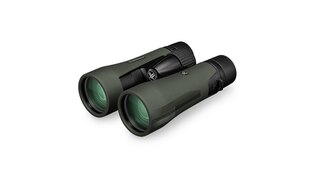
Vortex® Diamondback HD 10 x 50 Binoculars
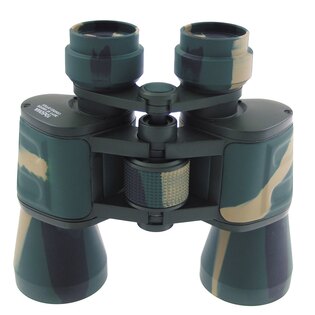
MFH® Universal 10 x 50 binoculars ‑ woodland
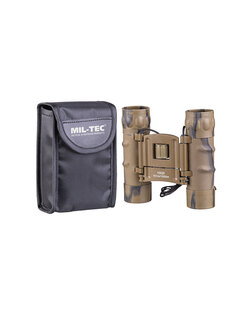


Universal binocular GEN.II 10x 25 Mil‑Tec®
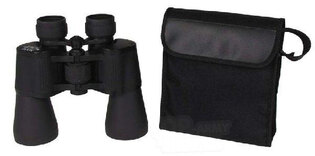
MFH® Binoculars Universal 20x 50 ‑ black
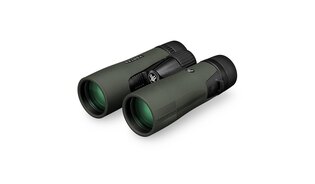
Vortex® Diamondback HD 8 x 42 Binoculars
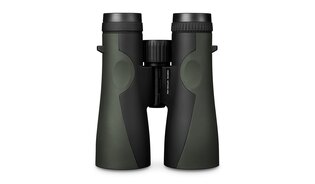
Vortex® Crossfire HD 12 x 50 Binoculars
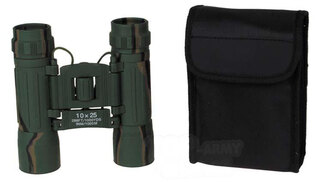


MFH® Universal 10x 25 binoculars
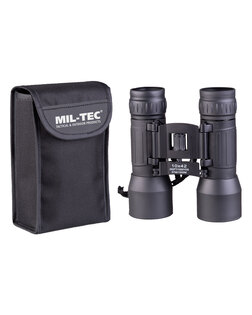
Universal binocular 10x 42 Mil‑Tec®
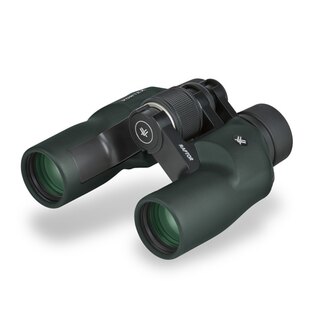
Vortex® Raptor 10 x 32 Binoculars ‑ green
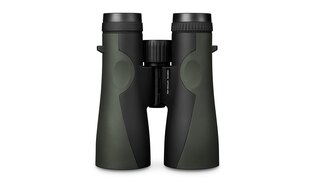
Vortex® Crossfire HD 8 x 42 Binoculars
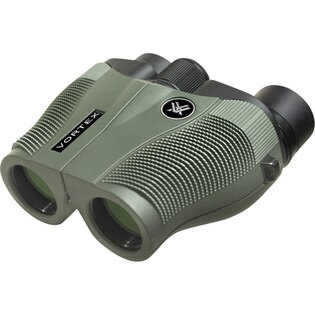
Vortex® Vanquish 8x 26 Binocular ‑ green
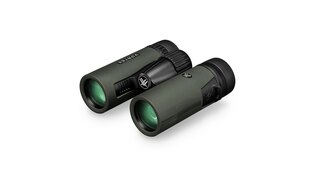
Vortex® Diamondback HD 10 x 32 Binoculars
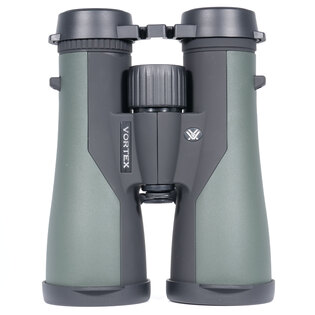
Vortex® Crossfire HD 10 x 50 Binoculars
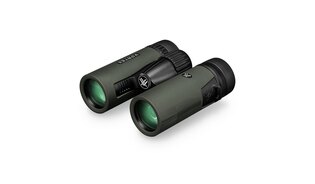
Vortex® Diamondback HD 8 x 32 Binoculars
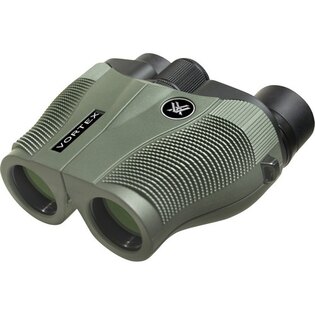
Vortex® Vanquish 10 x 26 Binocular ‑ green
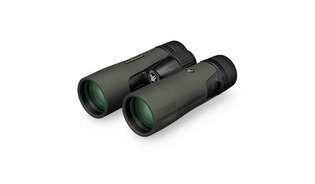
Vortex® Diamondback HD 10 x 42 Binoculars
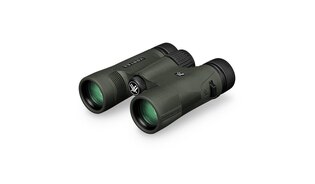
Vortex® HD 8 x 28 Binoculars
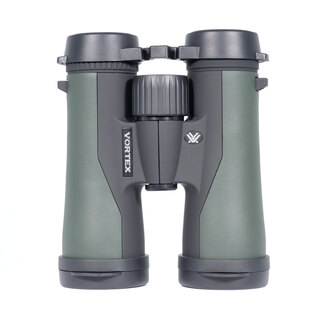
Vortex® Crossfire HD 10 x 42 Bionoculars




























































































































